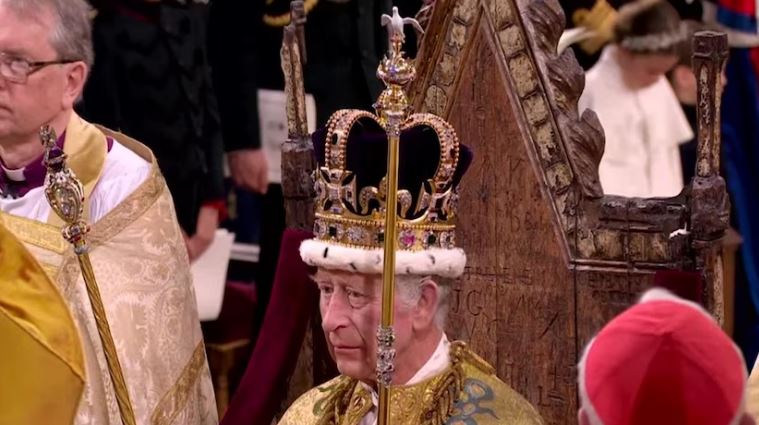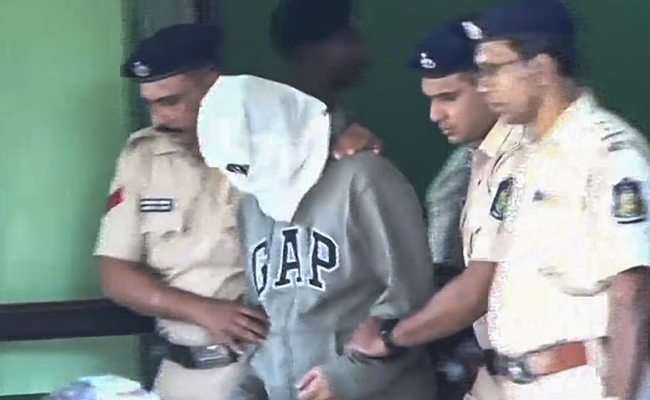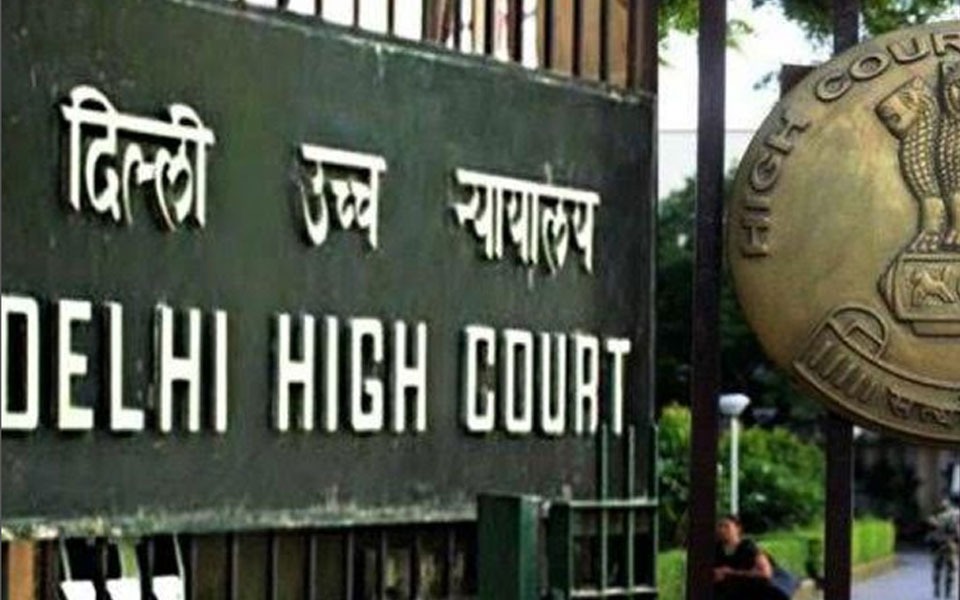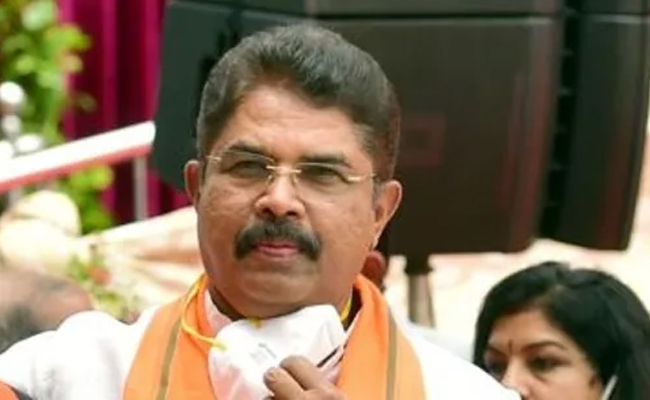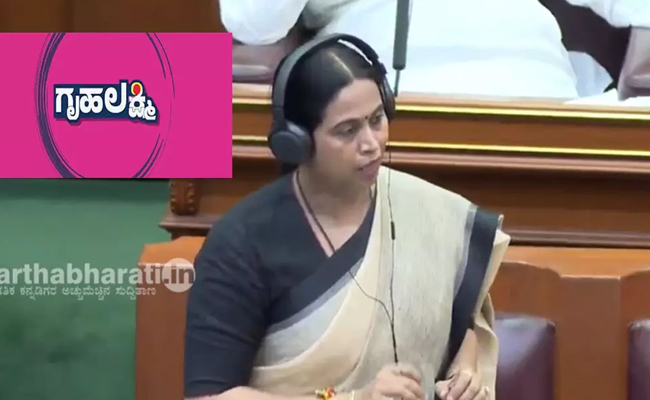London, May 6: King Charles III was officially crowned the King of the United Kingdom as the Imperial State Crown was placed on his head amid spectacular pomp and pageantry at Westminster Abbey here on a rainy Saturday, reminiscent of the Coronation of his late mother, Queen Elizabeth II, 70 years ago.
The solemn religious ceremony that dates back almost a thousand years began with Charles taking an oath of service before the Archbishop of Canterbury opened the service, which included a reading by Britain's first Hindu Prime Minister Rishi Sunak. Part of the sacred ceremony involved Charles and his wife Camilla being symbolically re-married in the eyes of God to take on the oath of service together.
"The ring marries' Consort to King, and them both to God in duty and to the People in loving service, and in turn acts as an assurance of God's unfailing love," the official Liturgy of the ceremony said.
The Throne Chairs, which are used during the enthroning were made for the Coronation of King George VI and Queen Elizabeth in May 1937, another rainy day in Britain.
Westminster Abbey has been the site of every British Coronation since that of William The Conqueror in 1066 and King Charles III and wife, Queen Camilla, followed in the footsteps of this grand tradition in a service themed "Called to Serve".
Faith leaders and representatives of the Hindu, Sikh, Muslim, Buddhist and Jewish communities processed through the Abbey ahead of the service and House of Lords peers of Indian heritage handed over key regalia to the monarch during the ceremony.
Following a regal procession riding in the Diamond Jubilee State Coach bearing a gilded crown, the King and Queen made their way to the Abbey from Buckingham Palace, accompanied by military personnel on foot and on horseback.
The streets of central London were lined with thousands of well-wishers waving flags, alongside some groups of protesters who campaign for the abolition of the monarchy and have organised #NotMyKing protests at Trafalgar Square. There were some reports of arrests of protesters as they allegedly tried to disrupt the procession.
Once at the Abbey, the King was greeted by a congregation of around 2,200 made up of heads of state and government, worldwide royalty as well as community champions. Vice-President Jagdeep Dhankhar and his wife Dr Sudesh Dhankhar represented India on the historic occasion and were seated alongside other Commonwealth Heads of State.
"The crowning of the Sovereign is an ancient ceremony, rich in religious significance, history and pageantry. The service is deeply sacred and traditional, while reflecting the monarch's role today and looking towards the future," the palace said.
The religious ceremony was made up of five key stages: the Recognition; the Oath; the Anointing; the Investiture and Crowning; and the Enthronement and Homage.
"The Imperial State Crown, or Crown of State, is the crown the monarch exchanges for St. Edward's Crown at the end of the Coronation Service. The Imperial State Crown is also used on ceremonial occasions, such as the State Opening of Parliament," the palace revealed.
Queen Camilla wore Queen Mary's crown, which was designed for the coronation of June 1911 when it contained three large diamonds, including the controversial Kohinoor which was later replaced by crystal replicas. The modern version designed for 75-year-old Camilla is minus the Kohinoor and made of a silver frame, lined with gold, and set with 2,200 diamonds, mainly brilliant-cut with some rose-cut.
While she was "anointed" with holy oil in full public view, Charles was anointed behind a cloth screen depicting a central design of a tree with branches filled with 56 leaves representing the Commonwealth of nations including one of the leaves dedicated to India. The holy Chrism oil consecrated at the Church of the Holy Sepulchre in Jerusalem was symbolically touched to the monarch's head, chest and hands as part of the religious ceremony.
Among others of Indian heritage in the gathering was Bansari Ruparelia, a British Empire Medal (BEM) winner in recognition of her services to the community.
"Working on a volunteer basis, she provides support and care to people experiencing social isolation, an issue which she believes has become more widely acknowledged and recognised in the aftermath of the COVID-19 pandemic," the palace said.
Another BEM winner, British Indian chef Manju Malhi, joined the likes of Sourabh Phadke, a graduate of the Prince's Foundation set up in Dumfries House, Scotland, by Charles as the Prince of Wales with a vision to provide holistic solutions to challenges facing the world. Gulfsha, winner of the Prince's Trust Global Award and Indian-origin Jay Patel of Prince's Trust Canada were also among the selected invitees.
The two-hour-long ceremony at the Abbey will conclude with chiming of Abbey bells and the newly crowned King and Queen will make their way to another waiting horse-drawn historic Gold State Coach. Last seen during the Pageant of the Platinum Jubilee of Queen Elizabeth II in June 2022 and used at every Coronation since that of William IV in 1831.
Once back at the palace, the couple will receive a Royal Salute from the UK and some Commonwealth realm Armed Forces who would have been on parade that day. They will then appear on the iconic balcony of Buckingham Palace to wave at gathered crowds and witness a Royal Air Force (RAF) flypast.
The RAF Aerobatic Team the Red Arrows will follow dozens of aircraft used by the Armed Forces on operations around the world. Featured amongst the aerial procession will also be aircraft that have delivered support to Ukraine and supported disaster relief.
Let the Truth be known. If you read VB and like VB, please be a VB Supporter and Help us deliver the Truth to one and all.
Panaji (PTI): A court in North Goa on Wednesday remanded Gaurav and Saurabh Luthra, co-owners of the ‘Birch by Romeo Lane’ nightclub, in police custody for five days.
The brothers, brought to Goa from Delhi after being deported from Thailand in connection with the December 6 blaze that killed 25, were produced in the court after undergoing health check-ups twice at the District Hospital in North Goa.
Judicial Magistrate First Class Mapusa Puja Sardesai remanded the two brothers in police custody for five days.
Advocate Vishnu Joshi, representing Bhavana Joshi who lost four family members in the tragedy, said that the accused were asking for “special consideration” claiming poor health.
ALSO READ: Dharmasthala mass burial case: Accused Chinnayya expected to be released on Wednesday
“We said they should not be given any extra relaxation,” he said, adding that the court has taken cognisance of the fact that this is about the death of “25 people in the form of mass genocide”.
“But since they kept pressing for medical check-up, the court ordered reexamination of their health. It is clear in the medical examination that they don’t require any consideration. The accused sought special considerations in the lock-up like a good mattress, which the court refused,” said Joshi.
A team of the Goa Police, along with the Luthra brothers, arrived at the Manohar International Airport, Mopa, in North Goa at 10.45 am.
The duo was initially taken to a Primary Health Centre at Siolim for medical examination. They were then taken to the District Hospital at Mapusa.
After their health assessment, the two were brought to the court.
The court directed that the accused be sent for fresh medical examination. Accordingly, the two were again taken to the District Hospital.
Later, they were produced before Judge Sardesai, who ordered the five-day police custody of the accused.
After the fire tragedy at Arpora village, the Anjuna police had registered a case against the Luthra brothers on various charges, including culpable homicide not amounting to murder.
The brothers were arrested in Delhi on Tuesday after being deported from Thailand. A court there allowed the Goa Police their two-day transit remand.
ALSO READ: Woman threatens to end life as police official refuses to accept love proposal, FIR registered
The duo had fled to Phuket in Thailand early on December 7, hours after the fire at their nightclub, prompting the authorities to issue an Interpol Blue Corner Notice and cancel their passports.
They were detained by Thai authorities at Phuket on December 11 following a request from the Indian government, which later coordinated with officials in Thailand to deport them under legal treaties between the two nations.
Five managers and staff members have already been arrested by the Goa Police in connection with the fire.

